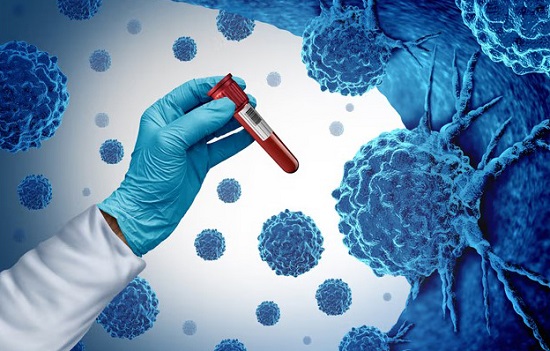Nikhil Prasad Fact checked by:Thailand Medical News Team Nov 10, 2025 1 hour, 48 minutes ago
Medical News: Revolutionary Drug Repurposing Brings New Hope for Aggressive Breast Cancer
Researchers from Auburn University’s Harrison College of Pharmacy and the Department of Mechanical Engineering have developed a groundbreaking nanoparticle drug delivery system that could change how doctors treat one of the deadliest forms of breast cancer—triple-negative breast cancer (TNBC). Their innovative approach uses disulfiram, a drug once prescribed to discourage alcohol consumption, now reformulated into a powerful cancer-fighting agent. This
Medical News report explains how the new therapy works and why it is being hailed as a major advance in nanomedicine.
 Disulfiram Nanoparticles Show Promise Against Deadly Breast Cancer
Turning an Alcoholism Drug into a Cancer Killer
Disulfiram Nanoparticles Show Promise Against Deadly Breast Cancer
Turning an Alcoholism Drug into a Cancer Killer
Triple-negative breast cancer lacks the three main receptors—estrogen, progesterone, and HER2—that most current therapies target, making it extremely aggressive and difficult to treat. Conventional chemotherapy often fails because TNBC tumors quickly develop resistance. The Auburn researchers tackled this by repurposing disulfiram (DSF), an FDA-approved drug, known for forming a copper complex called Cu(DDC)₂ that is toxic to cancer cells. However, the problem was that this complex was unstable, poorly soluble, and degraded too quickly in the body.
To overcome these barriers, the team created a new nanoparticle system using an amphiphilic dendrimer—a molecular structure that stabilizes and carries the Cu(DDC)₂ complex safely to cancer cells. The resulting disulfiram-loaded metal–organic nanoparticles displayed high drug retention, excellent stability in blood serum, and efficient tumor targeting. Laboratory tests showed these nanoparticles triggered “immunogenic cell death” (ICD), a process that not only kills tumor cells but also alerts the immune system to recognize and attack remaining cancer.
Triggering the Body’s Immune Response
The study revealed that the nanoparticles induced strong oxidative and endoplasmic stress inside cancer cells, leading to their death while exposing molecules like calreticulin and releasing ATP and HMGB1 proteins—signals that attract immune cells. In mice implanted with TNBC tumors, the treatment suppressed tumor growth dramatically without the need for additional chemotherapy or radiation. The nanoparticles also reduced blood vessel formation around tumors by lowering VEGF, MMP-3, and MMP-9 levels, while restoring healthy epithelial cell markers.
Beyond simply shrinking tumors, the therapy activated dendritic cells and T cells, helping the immune system remember and destroy any cancer cells that might reappear. This dual mechanism—combining chemical cytotoxicity with immune activation—makes the therapy particularly powerful against resistant cancers.
A Safer, Smarter Approach to Cancer Treatment
What makes this discovery exciting is its safety and simplicity. The nanoparticles were wel
l tolerated in mice, with no major side effects or body weight loss. By redesigning an old drug, the researchers have created a cost-effective treatment that could potentially help thousands of TNBC patients worldwide. Their approach also opens the door for combining this nanoparticle therapy with immune checkpoint inhibitors to make treatments even more effective.
Conclusion
The Auburn University team’s work represents a new frontier in cancer therapy by merging nanotechnology, drug repurposing, and immune activation. The disulfiram-based nanoparticles effectively kill tumor cells, activate immune defenses, and suppress metastasis—all in one formulation. This innovative platform could mark a shift toward safer and more comprehensive treatments for aggressive breast cancers, especially those that resist traditional therapies.
The study findings were published in the peer reviewed journal: Pharmaceutics.
https://www.mdpi.com/1999-4923/17/11/1448
For the latest on Breast Cancer research, keep on logging to Thailand
Medical News.
